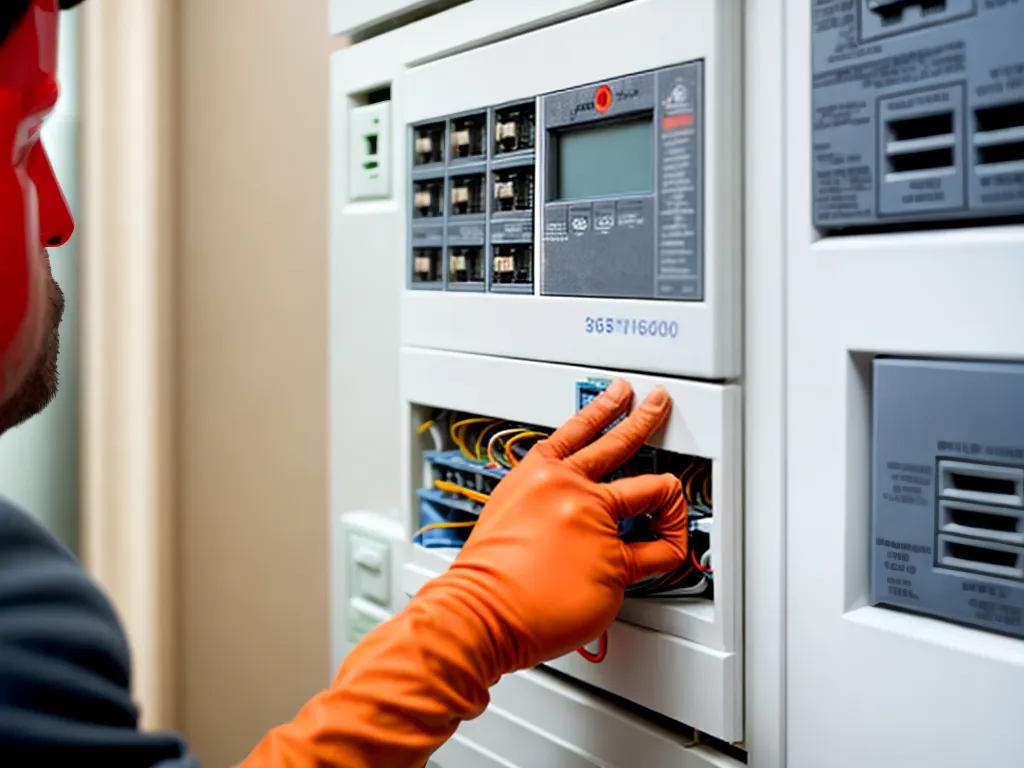
Upgrading Home Electrical Panels to Meet Modern Power Needs
Introduction
With homes today having more appliances and devices that require electricity, many homeowners are finding their electrical panels don't provide enough power or aren't up to code. Upgrading to a new breaker panel is a project that brings your home's electrical system up to date. There are several reasons to consider an upgrade and steps to take when planning an electrical panel replacement.
Why Upgrade Your Electrical Panel?
There are a few signs that indicate it's time to upgrade your electrical panel:
Frequent Tripped Breakers
If you find yourself resetting tripped breakers often, it likely means you're exceeding your panel's capacity. Upgrading to a larger panel provides more circuit breakers so everything can run without overload issues.
Not Enough Circuits
Older homes usually have very few circuits resulting in multiple appliances sharing an outlet. Modern homes need multiple dedicated circuits for items like refrigerators, microwaves, and home electronics so they don't compete for power. An upgraded panel provides extra circuits.
Faulty or Old Breakers
Circuit breakers wear out over time. If you have frequent electrical issues or very old breakers, a new panel ensures reliable protection from overloads. Modern breakers also trip faster preventing fires.
Inadequate Grounding
Proper grounding is essential for safety but older panels often have insufficient grounding. A new grounded panel eliminates the risk of electrical shock and protects equipment.
Outdated Safety Features
New panels have advanced safety features like arc fault circuit interrupters (AFCIs) that detect dangerous arcs and sparks to prevent fires. Upgrading brings your electrical system up to modern safety standards.
Home Additions and Remodels
Any significant remodeling like adding a room requires upgrading your panel to meet building codes and power requirements. New additions need new circuits which require extra capacity.
Electrical Panel Replacement Process
Replacing your home's main electrical panel is a major project that requires planning and preparation. Here are key steps if you're considering an upgrade:
Hire an Electrician
Panel replacement must be done by a licensed electrician. Trying to change a home electrical panel yourself risks electrocution or creating fire hazards. Electrical work requires permits so leave it to the professionals.
Choose a New Panel
Your electrician will advise you on picking a replacement panel with adequate capacity for your home. Consider expansion needs and choose a panel with room for extra circuits. Select a reputable brand like Square D or Eaton for safety and reliability.
Install New Main Disconnect
The power feed to your panel will need to be disconnected and re-routed to the new panel. Your electrician will install a new main disconnect switch next to your meter to safely cut power during the changeover.
Run New Circuit Wiring
Old wiring may need to be replaced to work with a modern panel. Your electrician will run any new updated circuit wiring through walls and ceilings that is up to code. This prepares your home's electrical system for the new breakers.
Transfer Circuits to New Panel
After the new panel is installed, your electrician will transfer over the circuit wiring one-by-one from the old panel. Breakers will be arranged neatly in the new panel and labeled clearly.
Inspect and Connect Power
The final step is inspection by the building department to ensure all work meets electrical code. Once approved, the main power can be connected to the new panel and everything switched back on.
Are Panels Universal? Can I Upgrade Brand?
- Panel brands are not universal - you must replace with same brand
- Brand specific breakers ensure proper fit and prevention of issues
- Upgrading panel brand requires rewiring the entire electrical system
- Changing brands is costly - best to stick with existing type during replacement
How Much Does an Electrical Panel Upgrade Cost?
The costs for upgrading your main electrical panel can range widely based on these factors:
- Size of your home and number of circuits needed
- Type of replacement panel - basic or high-end models
- Additional electrical work required beyond the panel
- Local labor rates for professional electricians
- Permitting fees and inspection costs
Typical range is $1,500 to $3,500 but very large homes with complex systems can be $5,000 or more. Get quotes from reputable electricians in your area to better estimate the investment for your specific home.
Conclusion
Replacing an outdated electrical panel revitalizes your home's electrical system with greater capacity, modern safety features, and headroom for future expansion. While not a small expense, the long-term benefits for safety, reliability, and meeting your home's power needs make it a worthwhile investment. With proper planning and hiring professional help, you can upgrade your panel to meet modern standards.